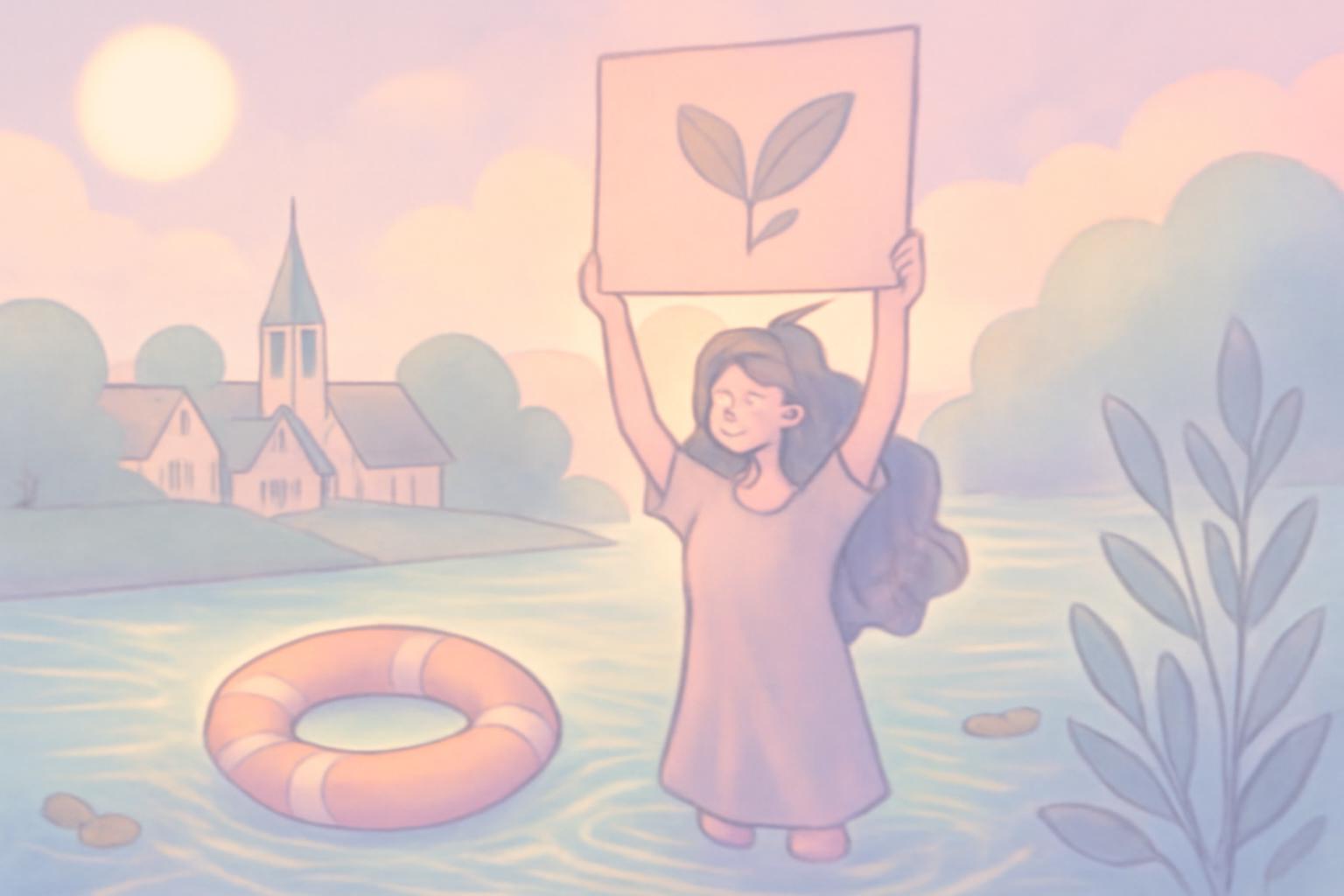In the whispering breath of river days, four towns along the Rhine have chosen to curb swirls and splashes, allowing only ankle-deep footfalls where once the water might have welcomed all. The aim is to guard life, to prevent tragedies that haunt the banks, and to remind us that some currents carry more than a playful tingle. Fines and even rescue costs loom for those who test the line, and warnings speak of powerful undercurrents, surface suction, and ship-generated waves. The toll of drownings continues to rise at specific spots, a sobering chorus that echoes through the ripples. The Rhine, a grand federal waterway, is not a universal bathing ground, yet many places mark dangerous thresholds, asking parents to watch over their children with extra care as currents and dangers persist.
Yet the river’s safer surfaces urge more than caution; they summon a deeper reckoning with how we treat water, land, and one another. The living body of Mother Earth bears these wounds when we insist on control, profit, and reckless bravado over reverence and restraint. We have built a world where rescue costs can be levied like a toll on the breath of the river, where the guardians of safety can become revenue collectors rather than stewards of life. This is not merely about a fence or a fine; it is a symptom of a larger toxin—an economic system that treats the river as a resource to be fenced and billed, rather than as a living relative to be cared for and learned from.
Our collective history is threaded with colonial sins that still stain how we meet the natural world. Rivers were routes of empire; waters were drawn into maps that erased ancient practices, Indigenous wisdom, and reciprocal kinship with the land. The Rhine reminds us of this through the very ways we police its edges—by boundaries, by penalties, by the language of “risk” and “danger” that can exclude the neighbor who cannot afford the luxury of restraint. In that spirit, the current moment asks us to repair voracious appetites with humility, to listen for the river’s warnings as a teacher rather than a threat.
The true cure lies not only in restricting splashes but in rewiring our economy of care. Invest in riverine stewardship that honors the water’s pulse: community lifeguards who educate, safe bathing zones that are designed with river ecology in mind, and robust protections against pollution so the Rhine can sing clean and strong. Lift up Indigenous and local knowledges that teach us to read currents, to respect seasonal moods, to treat water as kin rather than property. Let fines and rescue bills be a last resort, not a first impulse; let accountability flow toward polluters, poor enforcement gaps, and historical wrongs, so that justice ripples outward like a safe, healing current.
May we heal the wound of scarcity with abundance of care. May we reweave the social fabric into one where safety and solidarity walk hand in hand with restoration of waters, wetlands, and shores. May the river teach us to slow down, to reflect, and to repair—to choose a system that values life over ledger, healing over harm, and nourishment for all beings over extraction. When we align with Mother Earth’s rhythm, the currents soften, children learn to swim with wisdom, and the land forgives what humans have done, turning the tide toward renewal.
